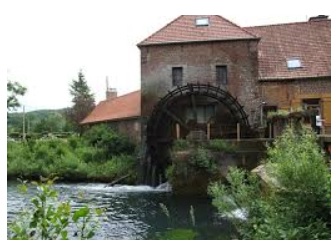The laughing lion and the doves
Perhaps the ashes of the labour guilds will be the phoenix that will form the nucleus of an alternative to bureaucracies, both corporate and government.

There is a thin layer of capable, productive people preyed upon by pyramids of parasites, whose livelihood depends on subjugation and exploitation of those capable of wealth creation.
Parasites who live for the accolades, scraping, and homage in contempt of subordinates grovelling for leave.
This is a world where human rights and freedoms do not exist. Indeed humans are considered resources and HR departments there to enforce corporate policy on those subjects.
However, the system won’t fix itself; it will have to be replaced.
Politicians are as ineffectual as board members in bringing about change, so we will have to build institutions outside of the bureaucracies by means of cyber-market mechanisms, and even low-tech coinage, where people can participate as it suits them in competition with corporations and governments.
Consider that governments and corporations were supposed to compete for skills and capital, but since people are trapped like cattle behind fences, capital alone has distorted both government and corporations to such an extent that cabinets are seeded with banksters, and CEOs, earning 100s of times the average wage, are appointed from that layer of capital.
Who cares about voters, taxpayers, savers, and shareholders.

We will have to not only make our own markets for our survival, but make them efficient enough to compete against the establishment.
But that will be easier than it might appear due to the burden of bureaucracies, that will crumble under their own incompetence once capable people have alternatives.
It’s time for the end of the reign (Ragnarök). Let the capable people (übermensch) be the lions scattering the flocks of bureaucrats.
 The mill’s construction drew on forests and quarries for raw materials, and on carpenters and masons for skills, stimulating demand and thus economic activity
The mill’s construction drew on forests and quarries for raw materials, and on carpenters and masons for skills, stimulating demand and thus economic activity